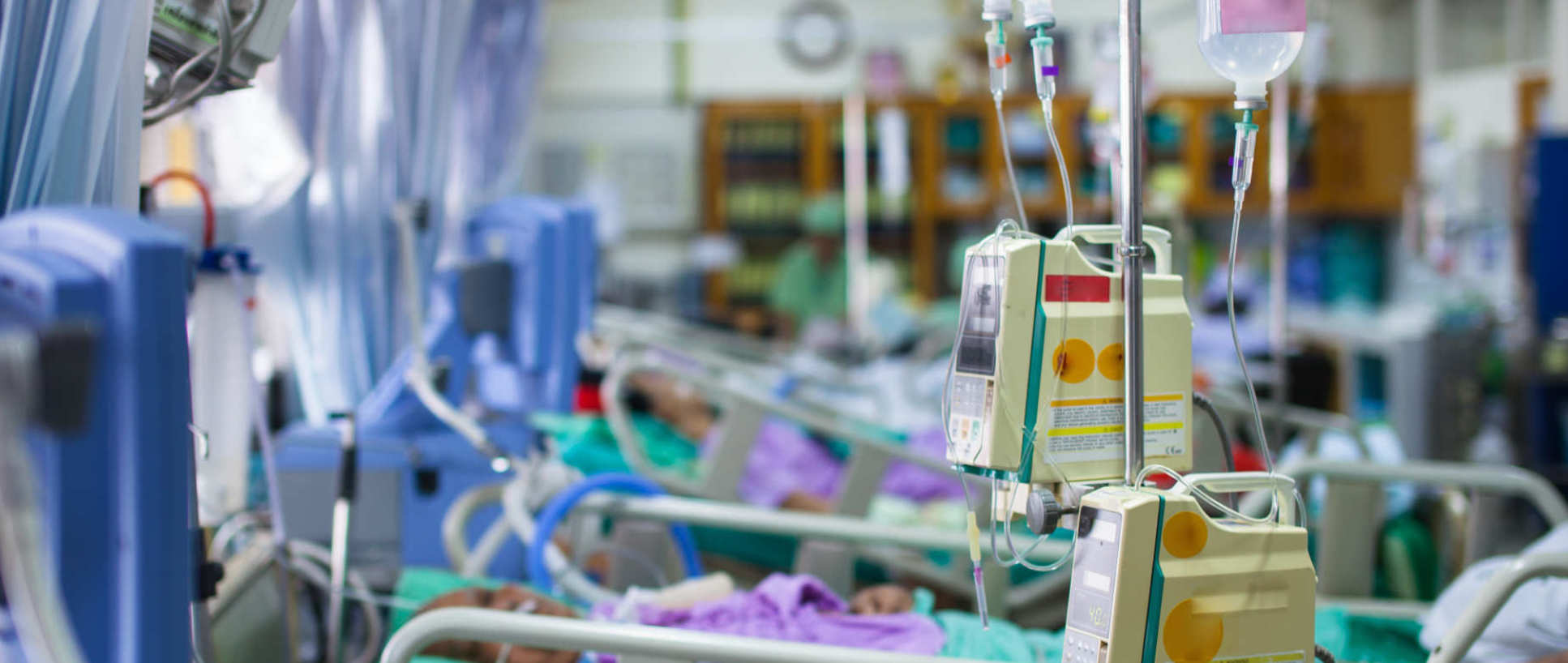BibTex format
@article{Moore:2015:10.1136/jramc-2015-000427,
author = {Moore, AC and Stacey, MJ and Bailey, KG and Bunn, RJ and Woods, DR and Haworth, KJ and Brett, SJ and Folkes, SE},
doi = {10.1136/jramc-2015-000427},
journal = {Journal of the Royal Army Medical Corps},
pages = {434--439},
title = {Risk factors for heat illness among British soldiers in the hot Collective Training Environment.},
url = {http://dx.doi.org/10.1136/jramc-2015-000427},
volume = {162},
year = {2015}
}
RIS format (EndNote, RefMan)
TY - JOUR
AB - BACKGROUND: Heat illness is a preventable disorder in military populations. Measures that protect vulnerable individuals and contribute to effective Immediate Treatment may reduce the impact of heat illness, but depend upon adequate understanding and awareness among Commanders and their troops. OBJECTIVE: To assess risk factors for heat illness in British soldiers deployed to the hot Collective Training Environment (CTE) and to explore awareness of Immediate Treatment responses. METHODS: An anonymous questionnaire was distributed to British soldiers deployed in the hot CTEs of Kenya and Canada. Responses were analysed to determine the prevalence of individual (Intrinsic) and Command-practice (Extrinsic) risk factors for heat illness and the self-reported awareness of key Immediate Treatment priorities (recognition, first aid and casualty evacuation). RESULTS: The prevalence of Intrinsic risk factors was relatively low in comparison with Extrinsic risk factors. The majority of respondents were aware of key Immediate Treatment responses. The most frequently reported factors in each domain were increased risk by body composition scoring, inadequate time for heat acclimatisation and insufficient briefing about casualty evacuation. CONCLUSIONS: Novel data on the distribution and scale of risk factors for heat illness are presented. A collective approach to risk reduction by the accumulation of 'marginal gains' is proposed for the UK military. This should focus on limiting Intrinsic risk factors before deployment, reducing Extrinsic factors during training and promoting timely Immediate Treatment responses within the hot CTE.
AU - Moore,AC
AU - Stacey,MJ
AU - Bailey,KG
AU - Bunn,RJ
AU - Woods,DR
AU - Haworth,KJ
AU - Brett,SJ
AU - Folkes,SE
DO - 10.1136/jramc-2015-000427
EP - 439
PY - 2015///
SN - 0035-8665
SP - 434
TI - Risk factors for heat illness among British soldiers in the hot Collective Training Environment.
T2 - Journal of the Royal Army Medical Corps
UR - http://dx.doi.org/10.1136/jramc-2015-000427
UR - http://hdl.handle.net/10044/1/23589
VL - 162
ER -
 Critical care involves the care of the sickest patients in the hospital. Critically ill patients have usually been through a significant insult to their body (such as trauma, infection, burn) and have developed organ failure and require life-support. Critical Care is the largest theme bringing together clinicians and scientists from diverse backgrounds and includes collaborative research from hospitals throughout north-west London. Investigations range from evaluating biological mechanisms of organ failure through to the development of innovative technologies which allow the short-term and long-term support and recovery of organs.
Critical care involves the care of the sickest patients in the hospital. Critically ill patients have usually been through a significant insult to their body (such as trauma, infection, burn) and have developed organ failure and require life-support. Critical Care is the largest theme bringing together clinicians and scientists from diverse backgrounds and includes collaborative research from hospitals throughout north-west London. Investigations range from evaluating biological mechanisms of organ failure through to the development of innovative technologies which allow the short-term and long-term support and recovery of organs.